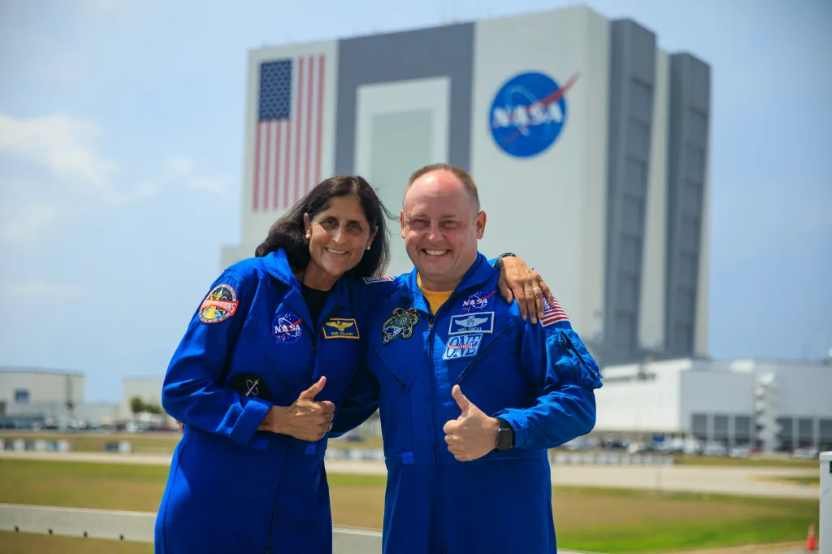Wednesday, March 19, 2025

With advancements in space technology, space tourism is transitioning from science fiction to reality. However, as demonstrated by NASA’s recent mission involving astronaut Sunita Williams, space travel comes with significant challenges and risks.
Government space agencies, including NASA, the European Space Agency (ESA), and the Indian Space Research Organisation (ISRO), continue to develop safety protocols and technology to make future space travel viable for civilians.
Space Tourism and Recent Milestones
Space tourism has gained momentum, with private companies collaborating with government agencies to enable civilian spaceflight.
According to NASA’s Commercial Crew Program, partnerships with private entities such as SpaceX, Blue Origin, and Boeing are paving the way for commercial space missions.
In May 2024, entrepreneur Gopi Thotakura became the first Indian citizen to participate in a commercial spaceflight with Blue Origin’s New Shepard, showcasing the potential for non-astronauts to experience space travel.
However, as seen in NASA’s missions, space travel remains unpredictable.
Astronaut Sunita Williams and Butch Wilmore’s extended stay on the International Space Station (ISS) due to issues with Boeing’s Starliner spacecraft highlights the complexities of space travel.
Initially planned as a short mission, the Starliner’s propulsion system malfunction led to an extended stay, requiring NASA to reschedule their return on a SpaceX Crew Dragon capsule.
Key Lessons from NASA’s Space Missions for Space Tourism
1. Space Travel is Unpredictable
Even with rigorous planning, unexpected technical issues can arise. Space tourists must be prepared for potential delays, as demonstrated by NASA’s extended ISS mission for Sunita Williams.
2. Mental and Physical Resilience
Living in space involves limited movement, isolation, and resource constraints. NASA ensures astronauts undergo extensive psychological and physical training to adapt. Future space tourists will need similar preparation.
3. Reliable Communication Systems
During her extended stay, Sunita Williams remained in contact with NASA mission control and her family. Space tourism companies must integrate NASA-approved communication technologies to ensure passenger safety and comfort.
4. Spacecraft Safety and Testing
The Boeing Starliner’s propulsion issues emphasize the importance of rigorous spacecraft testing. According to NASA’s Artemis Program, all spacecraft must pass multiple safety trials before carrying passengers. Future commercial spaceflight providers must comply with NASA’s safety standards to ensure reliability.
5. Sustainable Resource Management
In space, food, air, and water are limited. NASA’s ISS sustainability guidelines highlight the need for waste reduction and efficient resource usage, which will be essential for long-term space tourism missions.
6. Emergency Protocols Are Essential
NASA’s contingency planning ensured Sunita Williams’ safe return via SpaceX Crew Dragon. Future space tourism missions must develop NASA-compliant emergency strategies for passenger safety.
7. Preserving the Space Environment
According to NASA’s Office of Planetary Protection, human activities in space must minimize ecological impact. Future space tourists should be educated on responsible space travel to ensure environmental preservation.
The Future of Space Tourism
As private space companies, including SpaceX, Blue Origin, and Axiom Space, collaborate with NASA and the FAA’s Office of Commercial Space Transportation, the future of commercial space travel looks promising.
However, space missions like Sunita Williams’ extended stay demonstrate that safety, preparedness, and regulation are crucial before space tourism becomes widely accessible.
Also read our latest news:
WTTC and Trip.com reveal AI, super apps and space tourism at ITB Berlin 2025

